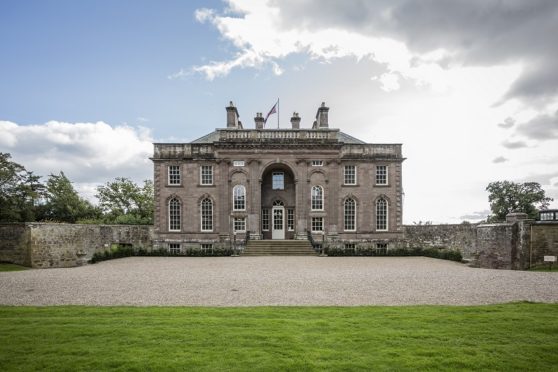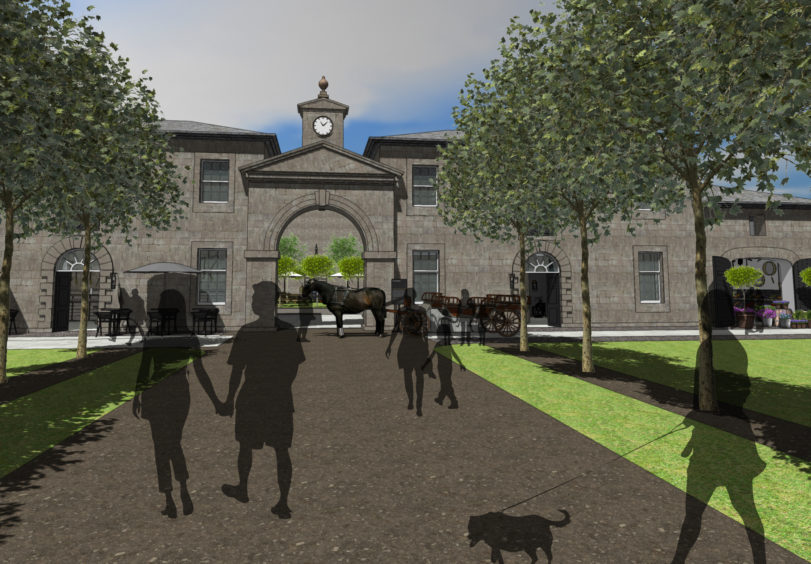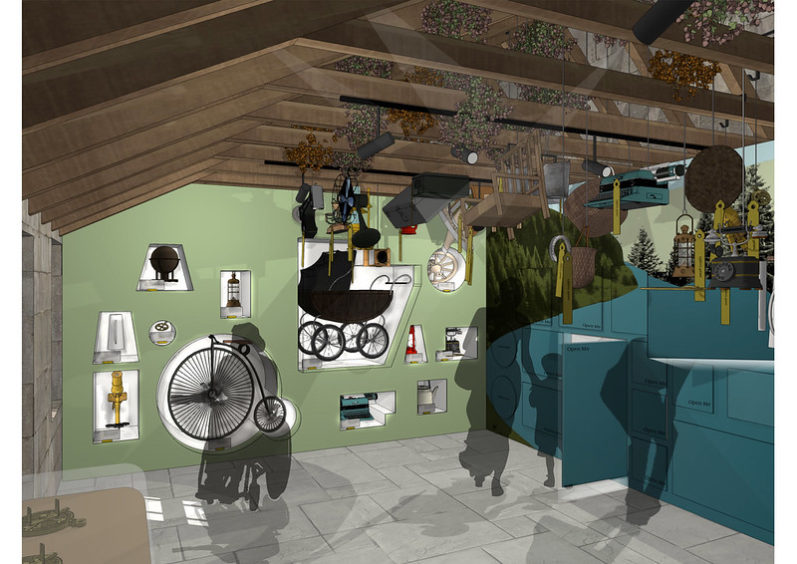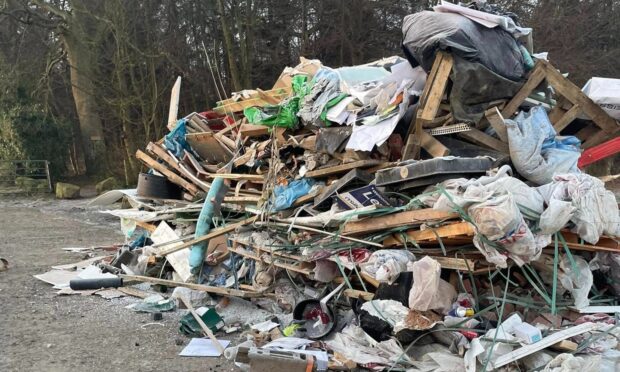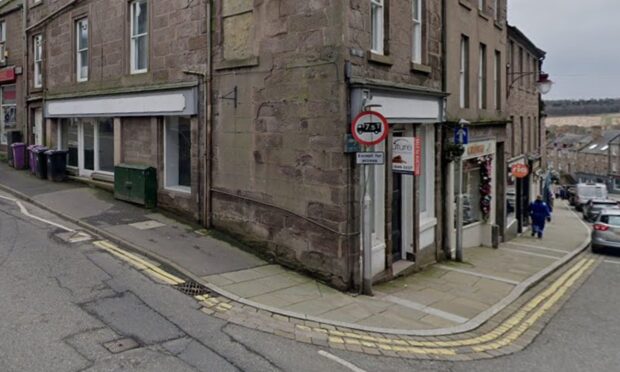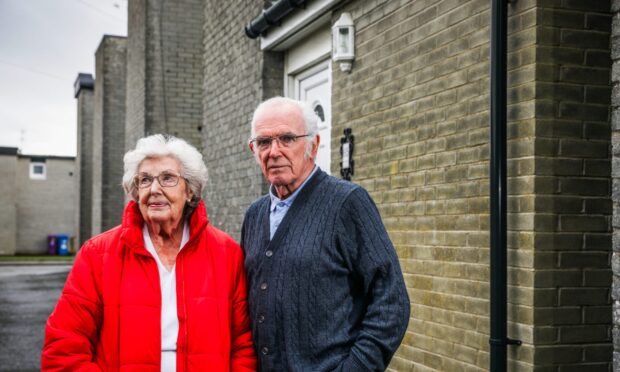Heritage chiefs have said they are ‘raring to go’ on the seven-figure scheme to create a bright new future for the jewel in their Angus crown.
The National Trust for Scotland plans to spend more than £700,000 at the A-listed House of Dun, near Montrose, which was left to the body 40 years ago.
A full planning application and request for listed building consent have now been lodged with Angus Council, but the body has admitted it is “intensely frustrating” the pandemic has put work on hold.
Iain Hawkins, NTS general manager for the North East said: “The House of Dun is one of the Trust’s most exciting projects and we’re raring to go.
“It’s intensely frustrating that we’re going to have to cool our heels for a while as we wait for the current public health emergency to ease off.
“There are so many fascinating stories about the House of Dun and the characters associated with it.
“We’ve been doing a lot of research and preparation up to now in order to tell them,” he added.
“They span from the Montrose Tsunami of 6100 BCE, when 70-foot high waves caused by the underwater Stregga Slide in Norway reached inland as far as Forfar, to the Charter of Barony given to the Erskines in 1393 by Robert III, and on to a wicked uncle poisoning the 10th Laird in 1612, the creation of the garden by an illegitimate daughter of ‘Silly Billy’ himself, William IV, and in more recent times a tenant farmer who ended up feeding the world with seed potatoes.
“The planning process is now underway and it’s our fervent hope that we’ll soon be able to get on with realising our plans and sharing this unique place and its wonderful natural setting with visitors,” said Mr Hawkins.
The project will be one of the first in the ‘in-tray’ for new NTS chief executive Philip Long following the recent announcement he is to leave V&A Dundee in the summer to success Simon Skinner in the top role.
The stables and courtyard at the House of Dun, a William Adam-designed house which originally sat within the Erskine family estate, are to be redesigned to house new exhibitions including displays on the agricultural heritage of Angus and its food and drink.
It will also feature the Lady Maitland collection of rural ephemara from the Angus Folk Museum, removed from Glamis village in 2014 following the closure of the NTS attraction there.
A permanent display marking the significance of the Declaration of Arbroath will also be incorporated.
House of Dun’s place in Scots literary history is also well-established as the birthplace of Violet Augusta Mary Frederica Kennedy-Erskine, who found cultural fame as poet and writer Violet Jacob.
Alongside poems such as The Wild Geese, Jacob published an Erskine family history, the Lairds of Dun, in 1931.
Her birthplace and family history is also thought to have been an inspiration for the 1911 novel, Flemington, set in the aftermath of the Jacobite rising of 1745 and described by Scots novelist John Buchan as the best Scots romance since Robert Louis Stevenson’s The Master of Ballantrae.
In 2014, archaeologists unearthed the foundations of the 14th century round tower which stood a short distance from the mansion which replaced it.
